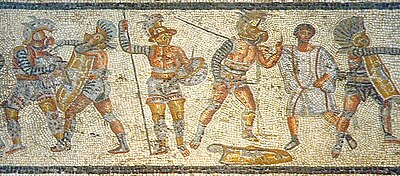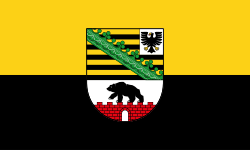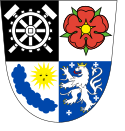Nennig Roman Villa and Mosaics - 51134951379
Relevante Bilder










































Relevante Artikel
GladiatorengattungenIn den römischen Arenen kämpften eine Reihe unterschiedlicher Gladiatorengattungen, die sich im Laufe der Jahrhunderte entwickelten. Der Reiz der Kämpfe lag auch darin, unterschiedliche Gladiatorengattungen gegeneinander antreten zu lassen. Ursprung und Ablauf der Gladiatorenkämpfe sind im Artikel Gladiator beschrieben. .. weiterlesen
SaarlandDas Saarland [ˈzaːɐ̯lantʰ], ist ein Land im Südwesten der Bundesrepublik Deutschland. Das kleinste der Flächenländer und hinsichtlich der Einwohnerzahl mit knapp einer Million das zweitkleinste Land grenzt im Norden und Osten an das Land Rheinland-Pfalz, im Süden an die französische Region Grand Est mit deren Département Moselle und im Westen an das Großherzogtum Luxemburg. Gemeinsam mit diesen Nachbarn und der belgischen Region Wallonien bildet das Saarland die europäische Großregion, in der etwa 11,8 Millionen Menschen leben. .. weiterlesen
